Huawei doesn’t make cars, so whose is the M5?
Reporter | Jin Jing
Image source | Provided by respondents
Only know Huawei, forget the well-off society.
This is the impression that the new car M5 went public.
On December 23rd, at the launch conference of Huawei’s flagship new products in winter, the M5 finale appeared. However, Xiaokang shares did not appear in front of the stage, so that people who don’t understand it don’t know that this car was originally produced by Xiaokang shares.
Although Huawei executives once again stressed that "Huawei only makes parts, does not build cars, and helps car companies build and sell good cars", the next day, Xiaokang shares were quickly rejected by the capital market and there was a limit!
Rethinking behind this phenomenon: in the era of smart cars, technical strength determines the right to speak.
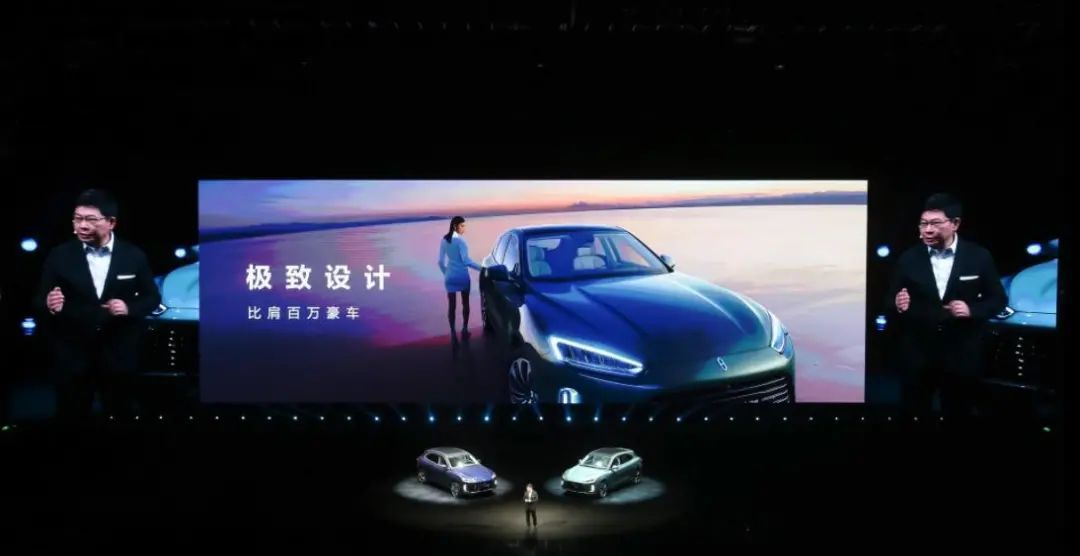

Huawei’s attention, well-off invisibility
Through the listing of M5, we can feel Huawei’s attention.
The car first appeared at Huawei’s new product launch conference, and it appeared as the finale product.
Because of this car, the original 90-minute press conference was extended to more than 150 minutes. Among them, M5 takes up nearly half of the time.
Yu Chengdong, managing director of Huawei, CEO of consumer business and CEO of BU, a smart car solution, introduced M5, took out a paper towel and wiped her face, apologetically saying that she had caught a cold. According to incomplete statistics, Yu Chengdong used more than 30,000 words to introduce M5.
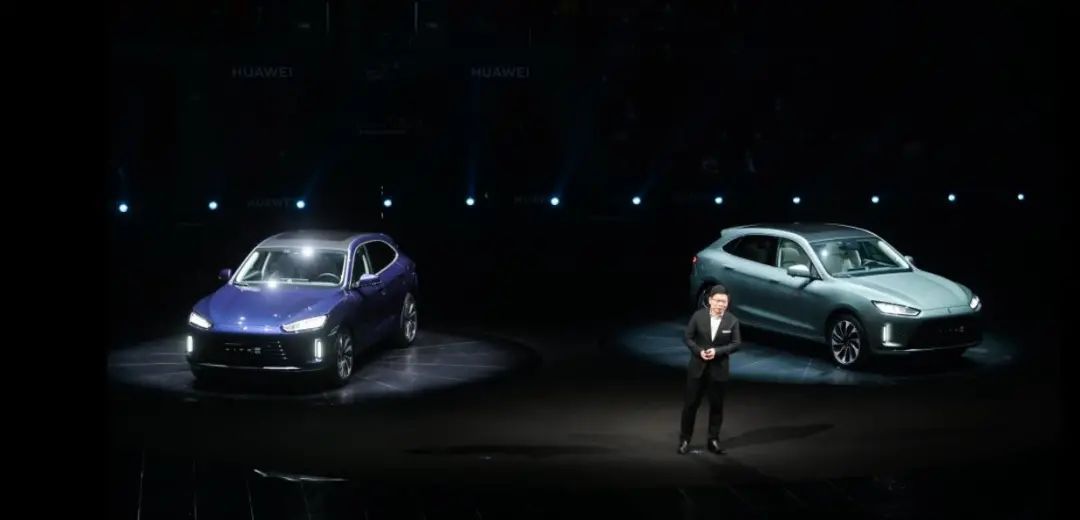
After the conference, Huawei’s new products were displayed in different regions. Among them, the largest area is the automobile exhibition area.
However, what about Xiaokang shares? Still invisible. At the press conference, there were only a handful of references to a well-off society; In the new product exhibition area, the logo of "Huawei" is clearly visible on the interior of the car, and the word "Huawei" is also bright on the charging pile. Even in the press release afterwards, the words "well-off" or "Cyrus" were not seen throughout.
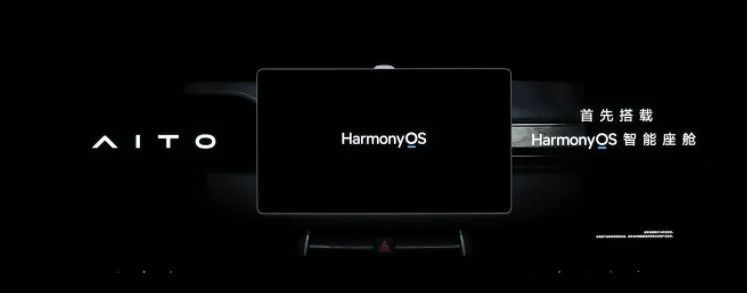
If Celeste, a subsidiary of Xiaokang, didn’t announce the official release of a brand new high-end brand-AITO on December 2nd, few people would associate Xiaokang, Celeste and the M5.

Huawei’s technology, well-off embarrassment
Looking through this car, we can see the embarrassment of lack of strength.
The M5 is regarded as Huawei’s leading work, and it is dominated or arranged by Huawei from pre-planning and design to post-marketing and sales, which is completely different from the first cooperation between the two parties. "We and Xiaokang Sailis released the SF5 car this spring, using some parts of Huawei DriveONE and adopting some of our technologies, but the whole car was not designed by us." Yu Chengdong said, "We feel that we can do better. This time, the industrial design team, software team and user experience team of Huawei’s consumer business worked together to create (ask M5) this product. " It is understood that the hybrid system and chassis on the M5 originated from the Celestial SF5 model, and the appearance, interior and intelligent cockpit were handled by Huawei.
Wenjie M5 is an extended-range electric vehicle. After comprehensive subsidies, the pre-sale price of the rear-drive standard version is 250,000 yuan, the four-wheel drive performance version is 280,000 yuan, and the four-wheel drive flagship version is 320,000 yuan. Although the M5 claimed to be a million-dollar luxury car, it hardly resonated with consumers.

The biggest highlight of the M5 is Huawei HarmonyOS smart cockpit. At the press conference, Yu Chengdong spent twice as much time explaining the HarmonyOS intelligent cockpit as explaining the vehicle parameters. The intelligent cockpit is jointly designed by Huawei’s global UX department. Yu Chengdong said, "You can surpass all your peers at home and abroad."
The reporter got into the real car and experienced it. The biggest feeling was that the intelligent interaction and collaboration were "smooth". First of all, the 10.4-inch curved full LCD instrument panel and the 15.6-inch semi-suspended central control large screen display clearly and delicately, and the touch is smooth.
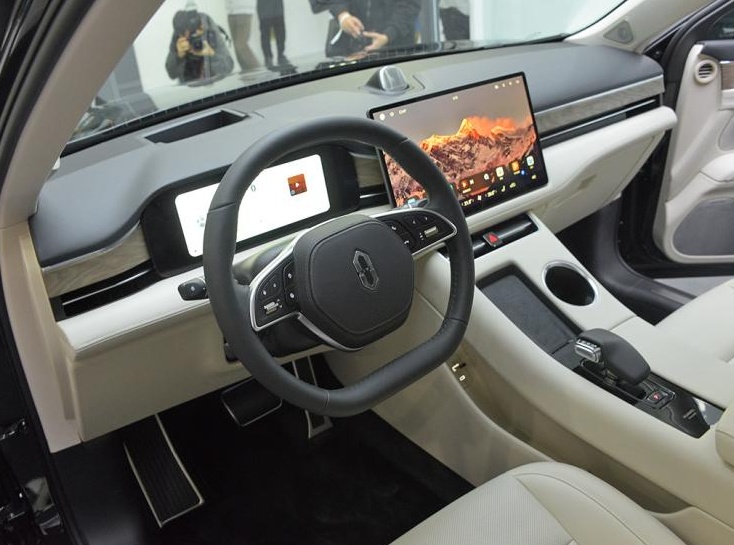
Secondly, intelligent terminals are seamlessly interconnected. For example, after the user logs in, the APP and wallpaper in the mobile phone can be directly shared on the central control screen in the car, realizing the characteristics of the four seasons and the theme of the car dealership, and the information that can be synchronized is richer than the similar functions of the current automobile industry peers.
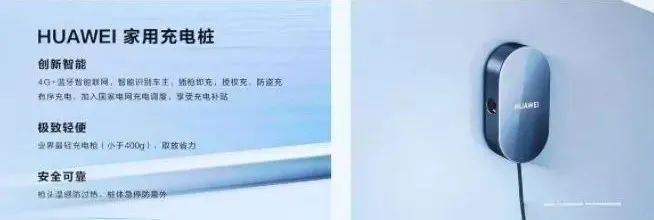
Another example is to provide cross-scene navigation service considering the navigation problem of the "last mile". When driving, mobile navigation can automatically share the car machine; After getting off the bus, the navigation route on the bus is transmitted to the mobile phone without feeling, and there is still navigation when getting off and walking near the destination. For another example, even if the smart device is dead, it can be unlocked by using the NFC function of the device, which is very reliable. Huawei WATCH3 series smart watches will be the first to support functions such as non-inductive unlocking, car condition inquiry, remote car control and watch car search.
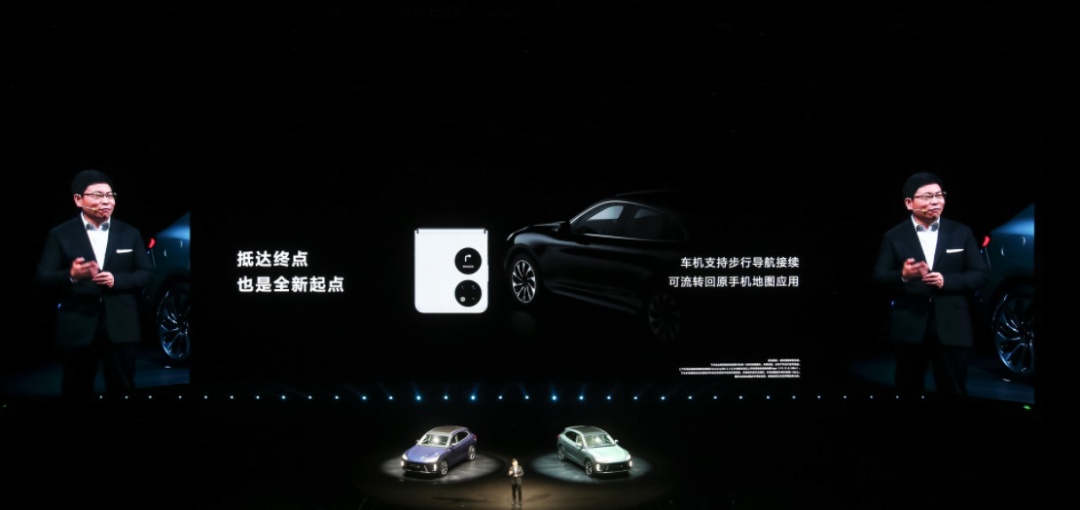
By breaking the information gap between different devices, the HarmonyOS intelligent cockpit creates a seamless super terminal among people, mobile phones, smart homes and smart watches, bringing an immersive driving experience. The technology behind it was not born because of cars, but because of Huawei’s previous accumulation. Taking the seamless interconnection of smart terminals as an example, Huawei has already realized this function on mobile phones, computers and smart watches. Now, these technologies are only translated or adaptively improved in different smart terminal devices.
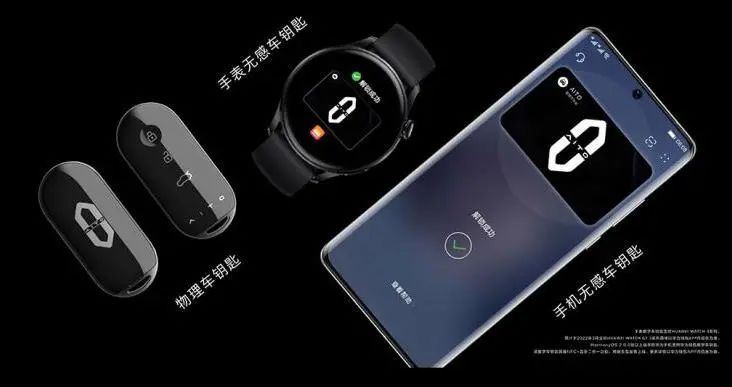
Nowadays, smart cars have entered the second half, and the consumer experience has become more and more important. If you give up the smart cockpit, what are the car companies left?